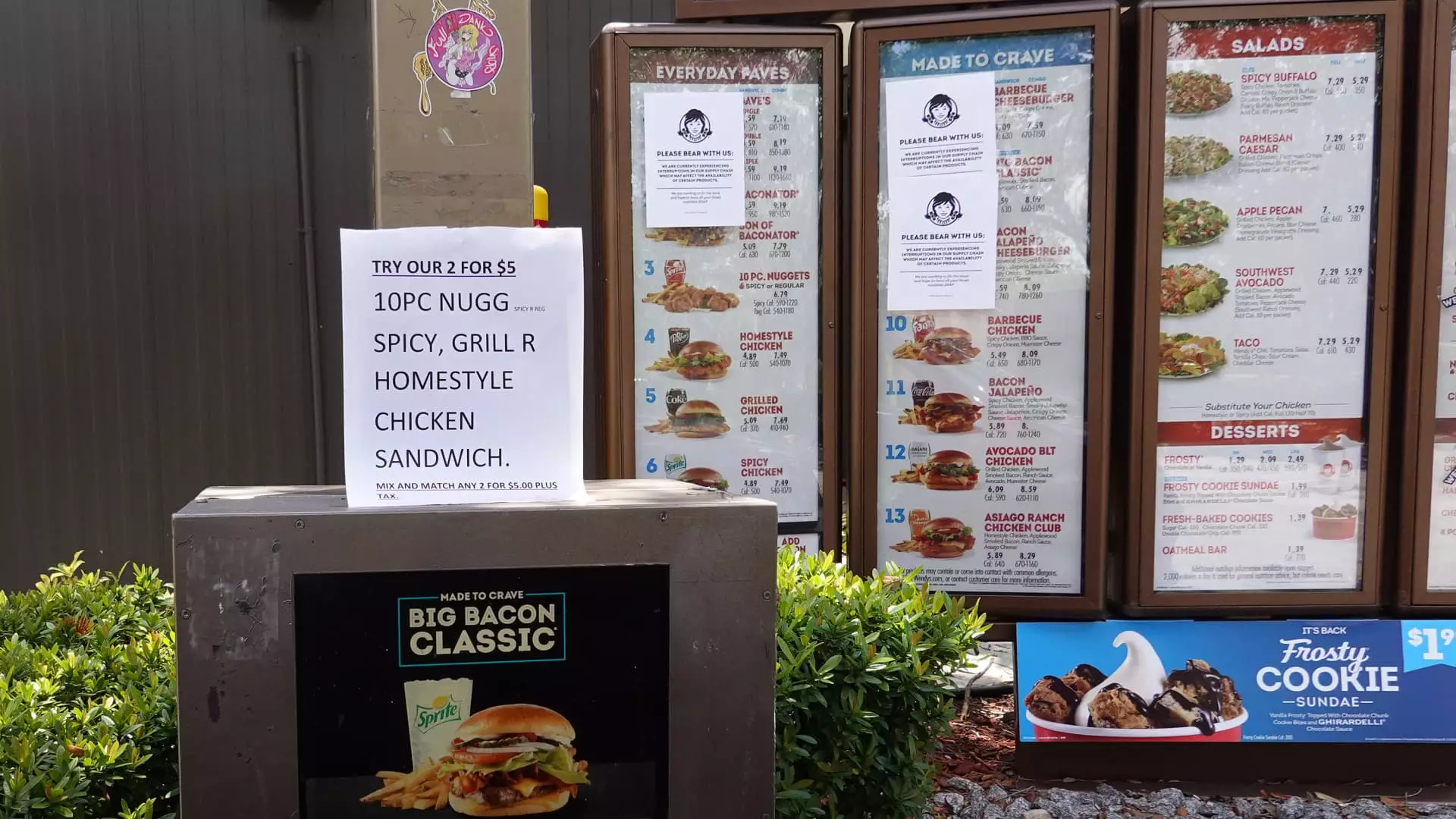Inflation rates rose as anticipated in July, primarily driven by an increase in housing-related costs. According to a recent report from the Labor Department, the consumer price index (CPI) saw a 0.2% uptick for the month, resulting in a 2.9% annual inflation rate. Economists had predicted a 3% annual rate, but the actual figure fell slightly below expectations. When excluding food and energy prices, the core CPI also reported a 0.2% monthly increase and a 3.2% annual rate, meeting the projected figures. These inflation rates marked the lowest levels since 2021, as reported by the Bureau of Labor Statistics.
Following the release of the inflation report, stock market futures exhibited a mild negative reaction, while Treasury yields showed mostly positive movement. These fluctuations indicate the sensitivity of financial markets to inflationary pressures and their potential impact on interest rate policies going forward.
While food prices saw a modest 0.2% increase, energy prices remained unchanged. Notably, there were significant fluctuations in specific food categories, with eggs experiencing a 5.5% price hike, while cereals and bakery items declined by 0.5%. Dairy and related products also saw a slight decrease of 0.2%.
A separate report on producer prices, serving as a proxy for wholesale inflation, revealed a minimal 0.1% increase in July and a 2.2% rise year-over-year. These figures indicate a relatively stable inflationary environment at the wholesale level, which could have implications for consumer prices in the future.
Amidst the inflationary pressures, the Federal Reserve has signaled a willingness to consider interest rate cuts. Market expectations currently point to a potential rate cut at the upcoming September meeting, with further reductions anticipated through 2024. The recent CPI data may further support the case for a rate cut, given the subdued inflationary pressures.
While overall inflation rates have eased, certain sectors continue to exhibit sticky inflationary trends. Automotive prices, for instance, have declined, but auto insurance costs have surged, leading to divergent trends within the industry. Similarly, the housing component remains a significant driver of inflation, defying expectations for a slowdown in housing-related costs.
As inflationary pressures persist in certain areas of the economy, policymakers will need to carefully monitor these trends to make informed decisions regarding interest rates and economic policy. The evolving inflation landscape underscores the complexity of managing price stability while ensuring sustainable economic growth. By closely analyzing the latest inflation data and its implications, stakeholders can better navigate the challenges posed by rising inflation in the current economic environment.

Leave a Reply